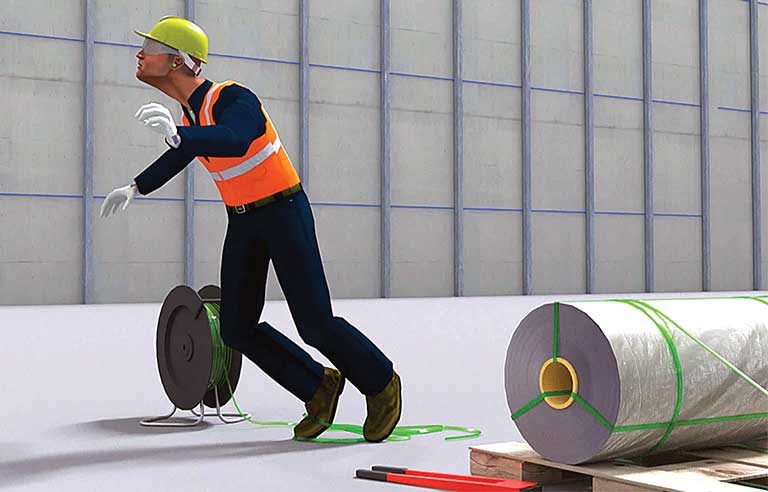Supplement your formal safety training
What is micro-content, and how can it keep workers safe?

Responding is Shawn Smith, product director of training, KPA, Westminster, CO.
Effective workplace safety programs and safety cultures require continual, year-round training. But balancing the daily duties of the job and dedicating enough time to safety training can be a tricky needle to thread. So, how can you ensure the job gets done both safely and effectively, without weekly, hours-long training sessions?
The answer: micro-content – short, easily digestible safety information that can train staff on the go.
On-the-go training reinforces safety protocols
Although longer, more detailed safety training sessions that help employees understand the hazards they might encounter in the workplace are important, micro-content can provide a quick refresher before an employee, for example, hits the assembly line.
Before operating a large piece of equipment, handling hazardous materials or performing another function (especially for the first time and after more formal safety training), an employee can watch a brief video on their mobile device that explains what safety hazards they could encounter.
Micro-content is also especially useful when you need to continually reinforce safety protocols. For example, if falls are a risk at your facility, you should have at-risk employees watch the corresponding micro-content to remind them that they need to wear personal protective equipment – such as harnesses and helmets – and be attached to a personal fall arrest system.
Short, digestible content makes the message stick
Micro-content works best when it’s shown in the form of visuals. That could be animations, photos, graphics or short videos. The goal is to get the message across clearly and quickly. The length of the micro-content itself will depend on the scenario – although two to five minutes is the most effective length.
If you need help building out micro-content, consider working with an environmental, health and safety consultant to ensure the messages in your micro-content are clear and concise and relay the necessary or required information to keep staff safe on the job.
Micro-content supplements formal safety training
Micro-content is a highly effective tool, but it isn’t a replacement for more formalized safety training or for learning complex industry safety and compliance regulations.
Many on-the-job scenarios require a much more nuanced understanding of safety protocols and procedures, such as hazard communication, PPE, fall protection and fire prevention. Also, micro-content isn’t well suited to when employees are learning safety protocols for the first time – for example, steps for using a type of machinery. Instead, micro-content can help reinforce those protocols before physically working with that machinery for the first time.
Big impact
Ultimately, it’s the employer’s responsibility to ensure their staff is trained sufficiently on workplace safety procedures. Micro-content can be a powerful supplement for a more formalized training program – and one that employers should consider as they continue to reinforce their company’s safety culture.
Editor's note: This article represents the independent views of the author and should not be considered a National Safety Council endorsement.
Post a comment to this article
Safety+Health welcomes comments that promote respectful dialogue. Please stay on topic. Comments that contain personal attacks, profanity or abusive language – or those aggressively promoting products or services – will be removed. We reserve the right to determine which comments violate our comment policy. (Anonymous comments are welcome; merely skip the “name” field in the comment box. An email address is required but will not be included with your comment.)

